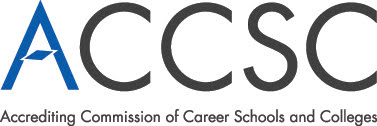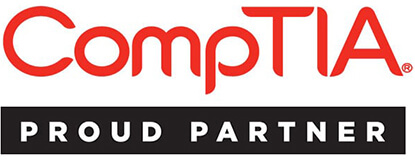The Ultimate Guide to Medical Assisting
Since the beginning of medicine, physicians have always needed some assistance. With the help of student-aides, ancient doctors were able to care for more patients—more quickly. These people wouldn’t have called themselves Medical Assistants back then, but they often filled that role, performing supporting tasks for the primary care provider.
Hospitals, clinics and treatment centers have always employed personnel to support doctors and nurses and perform administrative tasks. Today, Medical Assistants make up a huge portion of the positions in the American healthcare industry — and demand for them is still growing at 29% through 2026 (U.S. Bureau of Labor Statistics).
Medical Assistants can execute administrative tasks like billing, scheduling appointments and assisting with insurance claims. They also carry out basic medical tasks, like taking vital signs, recording medical history and helping out during examinations.
What’s the difference between a Medical Assistant and a Nursing Assistant?
There are a lot of positions in the healthcare field, so it’s easy to get them confused. One thing’s for sure—a Medical Assistant does NOT do the same job as a Nursing Assistant, or CNA. While both help out with the daily tasks related to patient care in healthcare facilities, Medical Assistants tend to perform a more administrative role, and often are tasked with more responsibility.
Medical Assistants are able to do things like administer injections, assist with medications and record patient health information. They work closely with doctors and nurses, and can perform a wide variety of jobs.
CNAs take on daily maintenance tasks like assisting patients with basic hygiene, helping them eat, and assisting them with getting in and out of bed. Often, they work in facilities where patients need long-term care, like nursing homes.
What do Medical Assistants do on a daily basis?
Medical Assistants often begin their days by making sure the doctor’s exam room has everything needed for the appointments that day. Then, they may begin checking in patients, verifying their health records and recording important health information like blood pressure readings.
Everything before and after the patients’ visit with the doctor is in the Medical Assistants’ hands, from taking vital signs and making the patient comfortable to cleaning up the exam room afterward.
You may also find yourself booking appointments for patients or working with pharmacies to ensure they have the medication patients need. Every day is a little different, but you’ll always be working closely with doctors and patients.
Who hires Medical Assistants?
- Clinics: Generally, work in a clinic is predictable in hours and tasks, yet not all clinics are the same. There are many different types of specialized clinics in medical sub-fields like optometry, podiatry or neurology. Most Medical Assistants start their career in this setting.
- Hospitals: If you’re not one for routine, a hospital might be for you. It’s a faster, more unpredictable environment, and you never know what your day will look like. It’s a very satisfying career—you’ll know you made a difference by the end of the day.
- Outpatient Care Centers: Outpatient care centers are facilities that provide medical services and procedures that don’t require overnight stays. As a Medical Assistant, you may find yourself taking vitals, helping with x-rays and completing administrative tasks.
- Colleges and Universities: Some universities have on-campus hospitals and clinics. For the most part, Medical Assistants’ duties will be similar to those in a regular campus or clinic.
- Diagnostic Laboratories: For those prefer to be behind-the-scenes, a diagnostic lab might be the right fit. Tasks could be running tests on samples, recording results and handling data input.
What will a Medical Assisting diploma teach me?
Through your training, you’ll gain the confidence and skills needed to start working in the medical field. It’s as simple as that. Much of what you’ll do as a Medical Assistant will require a lot of practice to perfect, so your hands-on class time will be essential as you hone your skills in blood draws, injections, checking for vital signs and more.
You’ll also gain practical knowledge in subjects like anatomy, medical terminology and pharmacology that will be crucial as you work with doctors and patients every day. If you’re looking at Medical Assisting as a stepping stone toward a different medical career, you’ll get a great foundation through your required coursework.
Are there different concentrations or specializations in Medical Assisting?
Yes! There are dozens of routes a person could take after graduating with a diploma in Medical Assisting. You may find that you have a passion for a specialization, or you might end up being a jack of all trades. Here are just a few concentrations to consider:
- Allergy and Immunology
- Gastroenterology
- Family Medicine
- Holistic Health Care
- Orthopedics
- Ophthalmology
- Podiatry
- Pediatrics
- Cardiology
- Obstetrics
How long will my Medical Assisting diploma take?
Program length varies by state mandate and by the college you attend, but at IBMC College in northern Colorado, you can finish your diploma in as little as 10 months, as prescribed. With start dates every five weeks, you can always begin your training soon.
Curious about other medical programs? Be sure to check out our Dental Assisting and Medical Billing & Coding programs as well.



